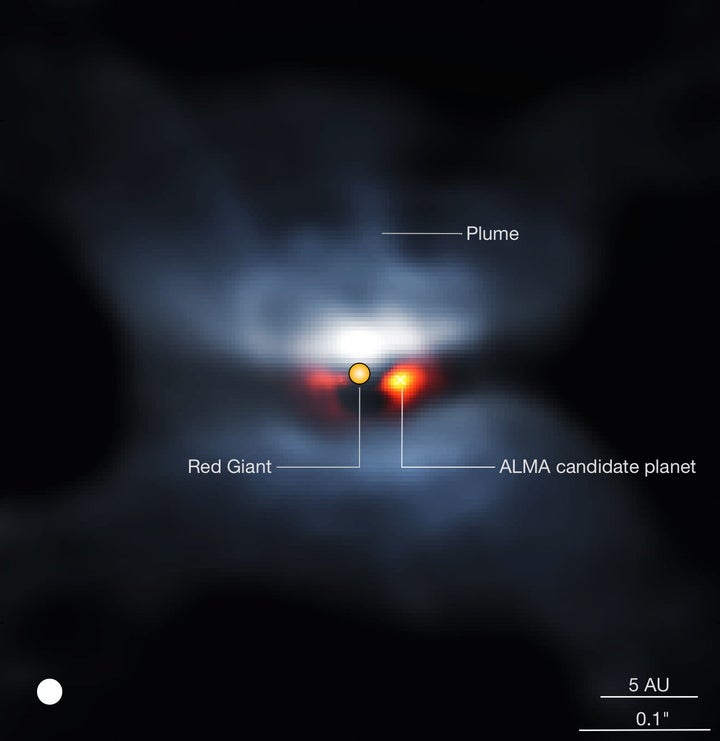In the next five billion years, the sun will expand to one hundred times its current size, engulfing Mercury and Venus, and obliterating all life on Earth.
That’s according to new analysis of the star L2 Puppis, which five billion years ago was very similar to our own.
The star, just 200 light years away, sheds light on how the sun will evolve and the fate of the rest of the solar system.

“Five billion years from now, the sun will have grown into a red giant star, more than a hundred times larger than its current size,” said Professor Leen Decin from the KU Leuven Institute of Astronomy.
“It will also experience an intense mass loss through a very strong stellar wind. The end product of its evolution, 7 billion years from now, will be a tiny white dwarf star. This will be about the size of the Earth, but much heavier: one tea spoon of white dwarf material weighs about 5 tons.”
Earth’s fate is still uncertain. While the sun is likely to destroy any form of life on the planet, it’s not clear whether the planet’s rocky core will survive.
Using the Alma radio telescope, researchers are hoping to answer that question with analysis of L2 Puppis.
“Five billion years ago, the star was an almost perfect twin of our sun as it is today, with the same mass. One third of this mass was lost during the evolution of the star. The same will happen with our sun in the very distant future.”
Scientists have now found a planet 300m kilometres from the star which could provide a glimpse into Earth’s future.
New analysis of the planet could explain whether Earth will survive the sun’s fiery expansion.
